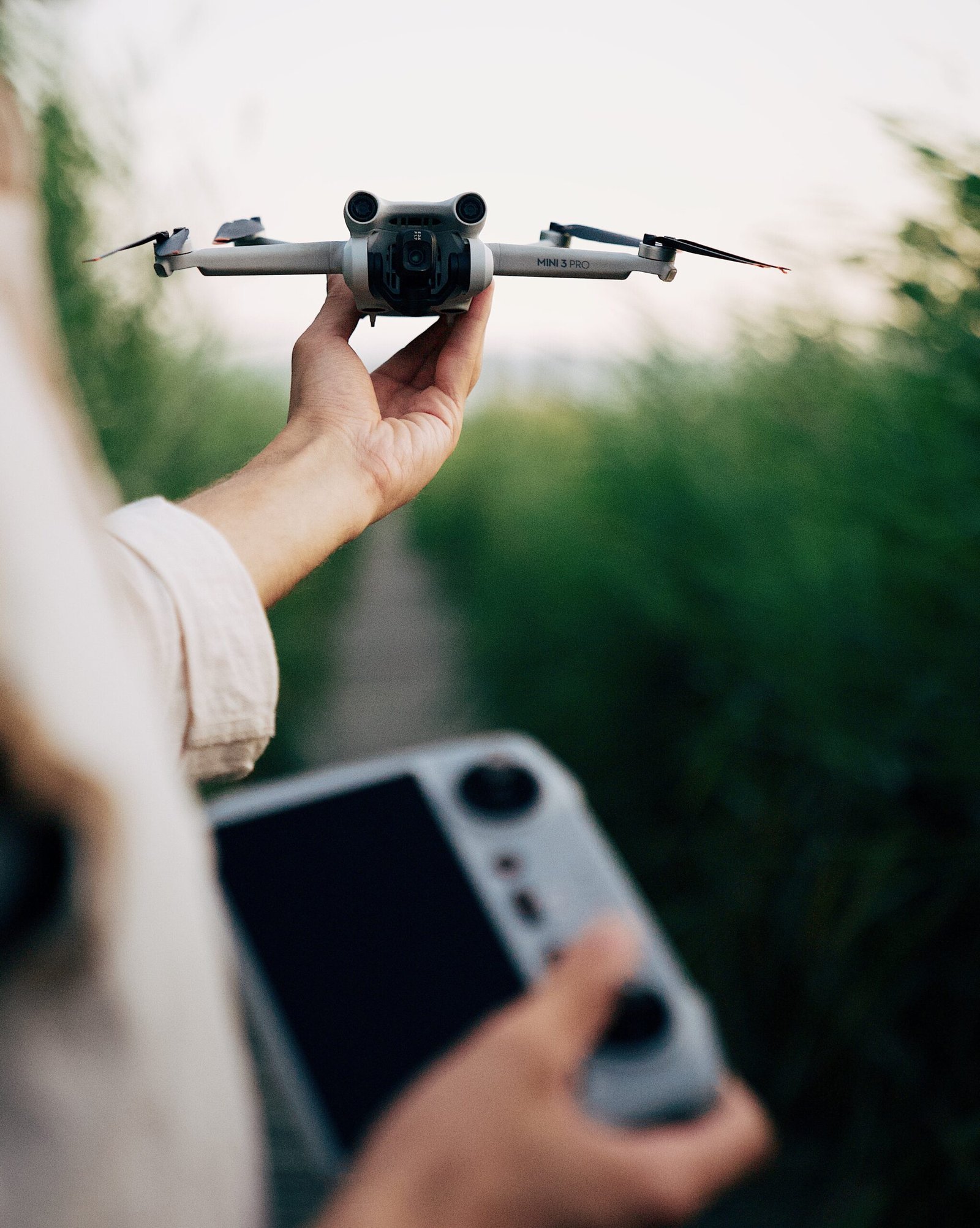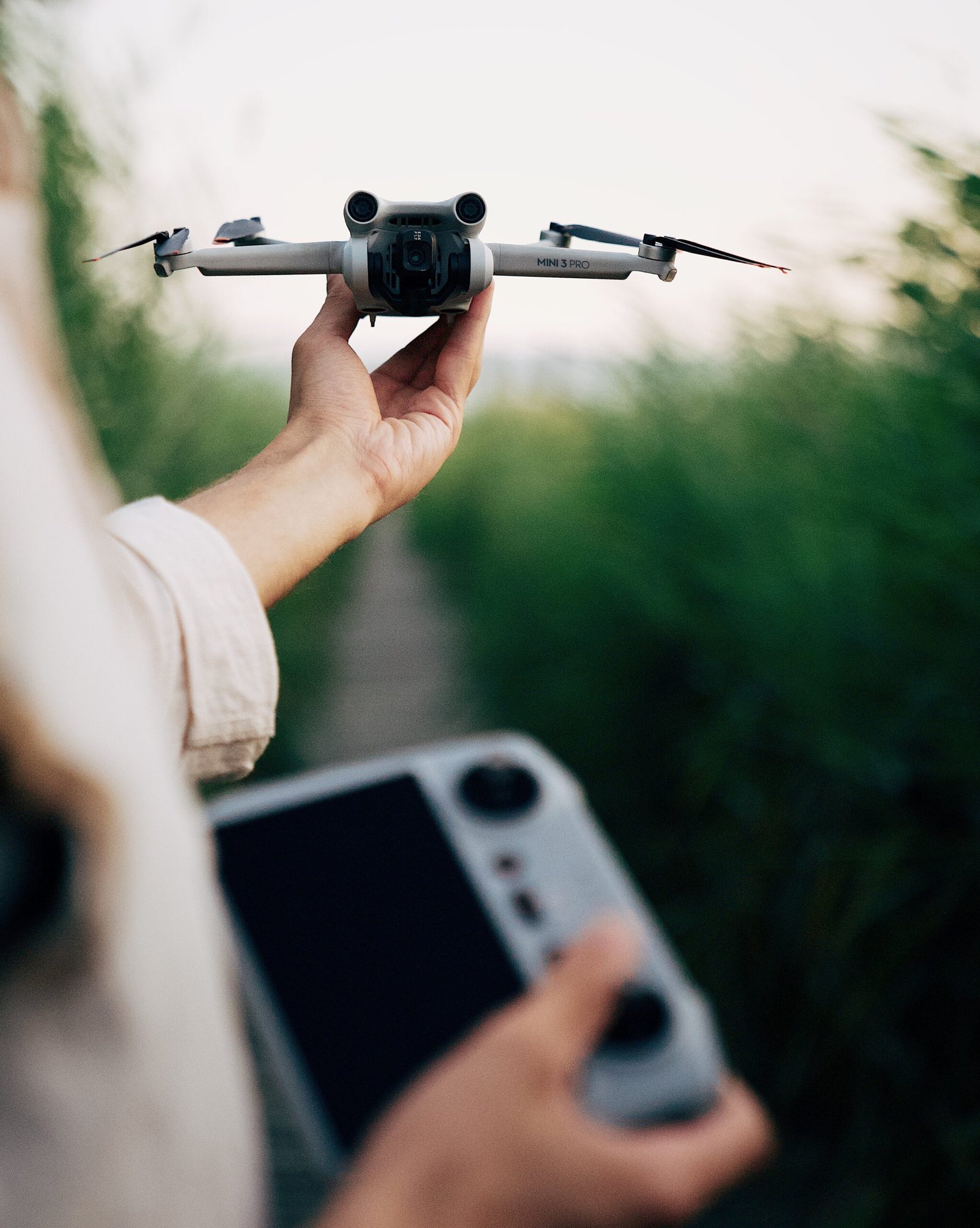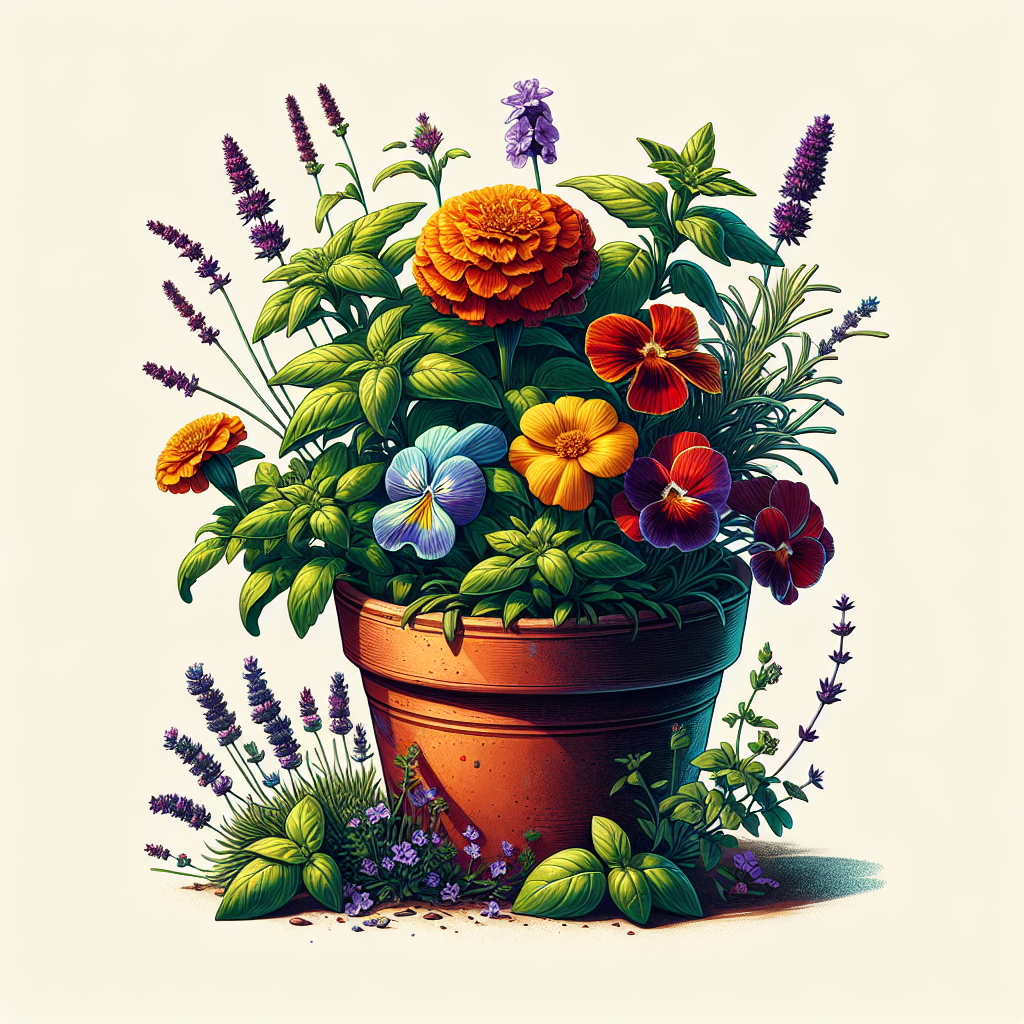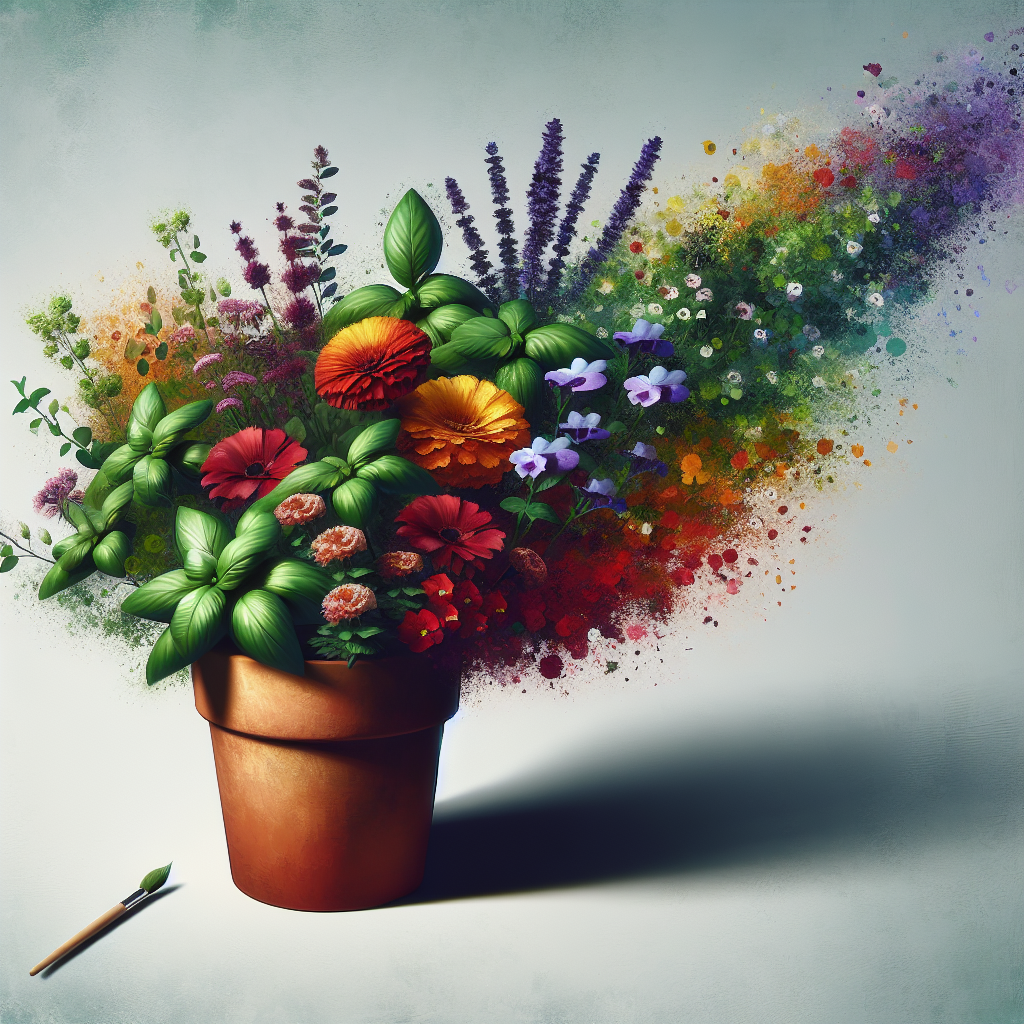
Are you interested in creating a beautiful garden without breaking the bank? Look no further! In this article, you will discover simple and cost-effective ways to create a cheap container garden. Whether you have limited space or just want to add a touch of greenery to your home, these tips and tricks will help you design a stunning garden that won’t strain your wallet. So grab your gardening gloves and get ready to create a lush oasis without emptying your pockets!
Choosing the Right Containers
Consider the size and depth of the container
When choosing containers for your container garden, it’s important to consider the size and depth of the containers. Different plants have different root systems, so it’s important to choose containers that are deep enough to accommodate their roots. Additionally, consider the size of the plants you’ll be growing and choose containers that provide enough space for them to spread out and grow.
Opt for lightweight and durable materials
When selecting containers for your container garden, it’s important to choose ones that are lightweight and durable. This is especially important if you plan on moving your containers around or if you live in an area with harsh weather conditions. Look for containers made from materials like plastic or fiberglass, as they are lightweight and less prone to cracking or breaking.
Look for containers on sale or second-hand
Container gardening doesn’t have to break the bank. Look for containers on sale at your local gardening store or consider buying second-hand containers. Many people sell or give away their old containers, and you can often find great deals on sites like Craigslist or at yard sales. Just make sure to clean and disinfect any second-hand containers before using them.
Repurpose items as containers
Don’t limit yourself to traditional containers. Get creative and repurpose items like old buckets, wooden crates, or even shoes as containers for your plants. Just make sure to provide proper drainage and consider the weight of the container when repurposing items. This is not only a cost-effective option but also adds a unique touch to your container garden.
Selecting the Right Plants
Choose plants that thrive in containers
Not all plants are suitable for container gardening, so it’s important to choose plants that thrive in this environment. Look for plants that are labeled as “container-friendly” or “suitable for small spaces” at your local nursery or gardening store. These plants are specifically bred or selected to thrive in containers and will be more likely to succeed in your container garden.
Consider the space and sunlight requirements
Before selecting plants for your container garden, it’s important to consider the space and sunlight requirements of each plant. Some plants need full sun, while others prefer partial shade. Additionally, consider the space available in your containers and choose plants that won’t overcrowd each other. This will ensure that each plant has enough room to grow and receive adequate sunlight.
Opt for compact and space-efficient plants
In a container garden, space is limited, so it’s important to choose plants that are compact and space-efficient. Look for plants that have a bushy or trailing habit, as they will take up less space and still provide a visually appealing display. Additionally, consider using dwarf varieties of your favorite plants, as they are specifically bred to be more compact and suitable for small spaces.
Grow plants from seeds or cuttings
One way to save money and have a wide variety of plants in your container garden is to grow plants from seeds or cuttings. Many plants can be easily propagated from seeds or by taking cuttings from established plants. Not only is this a cost-effective option, but it also allows you to have a greater selection of plants and experiment with different varieties in your container garden.

Preparing the Soil
Use a good quality potting mix
Proper soil preparation is crucial for the success of your container garden. Use a good quality potting mix, specifically formulated for container gardening. Regular garden soil is too heavy and can lead to poor drainage and waterlogged roots. Potting mixes are lightweight, well-draining, and contain the necessary nutrients for healthy plant growth. Look for mixes that are labeled as “sterile” to reduce the risk of pests and diseases.
Consider adding organic matter to the soil
To further improve the quality of your soil, consider adding organic matter such as compost or well-rotted manure. This will provide additional nutrients to your plants and improve the soil’s water-holding capacity. Organic matter also helps to improve soil structure, allowing for better root growth and nutrient absorption. Mix in the organic matter thoroughly with the potting mix before filling your containers.
Ensure proper drainage for the containers
Proper drainage is essential for container gardening, as it prevents waterlogged roots and root rot. Make sure your containers have drainage holes in the bottom to allow excess water to escape. If you’re using repurposed items as containers that don’t have drainage holes, you can drill or puncture holes in them. Additionally, consider placing a layer of gravel or small stones at the bottom of the container to promote drainage.
Watering Efficiently
Water the plants appropriately
Proper watering is crucial for the health and success of your container garden. It’s important to water your plants appropriately, neither overwatering nor underwatering them. The frequency of watering will depend on factors such as the type of plants, the size of containers, and the weather conditions. As a general rule of thumb, water your plants when the top inch of soil feels dry to the touch. Avoid letting the soil completely dry out or become waterlogged.
Consider using self-watering containers
If you’re concerned about the hassle of regular watering, consider using self-watering containers for your container garden. These containers have a reservoir at the bottom that holds water, which is slowly absorbed by the plants’ roots as needed. Self-watering containers provide a consistent water supply to your plants and reduce the risk of overwatering or underwatering. They are especially useful for busy gardeners or those going on vacation.
Utilize watering techniques to reduce water consumption
To conserve water and reduce your water consumption, consider utilizing watering techniques that are efficient and targeted. Instead of watering from above, which can lead to water evaporating before it reaches the roots, try bottom watering by placing the containers in a shallow tray of water and allowing the plants to soak up the water from the bottom. You can also use mulch on top of the soil to reduce evaporation and retain moisture longer.

Providing Adequate Nutrients
Use slow-release fertilizers
In a container garden, it’s important to provide your plants with the necessary nutrients to thrive. One way to do this is by using slow-release fertilizers. These fertilizers are specially formulated to release nutrients slowly over time, providing a steady supply of nutrients to your plants. Slow-release fertilizers are convenient because they only need to be applied once or twice a season, saving you time and effort.
Consider using organic fertilizers
For those who prefer organic gardening methods, consider using organic fertilizers in your container garden. Organic fertilizers are made from natural sources such as compost, manure, or bone meal. They provide a more sustainable and environmentally friendly option compared to synthetic fertilizers. Organic fertilizers release nutrients slowly and improve the overall health of the soil, promoting long-term plant growth.
Compost your kitchen waste for natural fertilization
Another eco-friendly option for providing nutrients to your container garden is composting your kitchen waste. Set up a compost bin or pile and collect kitchen scraps such as fruit and vegetable peels, coffee grounds, and eggshells. Once the compost is fully decomposed, you can use it as a nutrient-rich amendment for your potting mix. Composting not only reduces waste but also improves soil quality and promotes healthy plant growth.
Creating a Beautiful Arrangement
Plan the layout and arrangement of plants
To create a visually appealing container garden, it’s important to plan the layout and arrangement of your plants. Consider the size, shape, and colors of different plants and plan their placement accordingly. Place taller plants towards the back or center of the container, and fill in the front or edges with smaller or trailing plants. Experiment with different combinations and layouts until you achieve a balanced and aesthetically pleasing arrangement.
Consider adding height and cascading plants for visual interest
To add visual interest to your container garden, consider adding plants of varying heights and plants with trailing or cascading habits. Tall plants can provide a focal point and add vertical interest to your arrangement. Trailing plants, such as ivy or sweet potato vine, can spill over the edges of the containers and soften the overall look. Combining different heights and habits creates a dynamic and visually appealing container garden.
Use companion planting to maximize space
Companion planting is the practice of growing different plants together that benefit each other in some way. In a container garden, companion planting can be used to maximize the use of limited space. For example, you can pair plants that have different root depths or growth habits. The taller plants can provide shade or support for the smaller ones, while the smaller ones can help conserve moisture and shade the soil, reducing weed growth.
Consider adding decorative elements
To enhance the beauty of your container garden, consider adding decorative elements such as garden ornaments or colorful accessories. These elements can add a personal touch and make your container garden truly unique. You can use small statues, wind chimes, or decorative rocks to create focal points within your containers. Additionally, consider using colorful pots or adding decorative mulch to further enhance the aesthetic appeal of your container garden.

Dealing with Pests and Diseases
Practice good garden hygiene to prevent infestations
To minimize the risk of pests and diseases in your container garden, it’s important to practice good garden hygiene. Regularly remove dead leaves, debris, or fallen fruits from your containers, as they can attract pests or harbor diseases. Keep the area around your containers clean and free from weeds, as weeds can provide hiding places for pests. By maintaining a clean and tidy garden, you can prevent potential infestations before they become a problem.
Use natural pest control methods
If you do encounter pests in your container garden, consider using natural pest control methods rather than relying on chemical pesticides. For example, you can introduce beneficial insects like ladybugs or lacewings, which feed on common garden pests. You can also try homemade insecticidal soap or organic pesticides made from natural ingredients like neem oil or garlic. These natural pest control methods are safer for the environment and the beneficial insects in your garden.
Identify and treat common container garden diseases
Container gardens are not immune to diseases, so it’s important to be vigilant and identify any signs of disease early on. Common container garden diseases include powdery mildew, root rot, and fungal infections. If you notice any unusual spots, discoloration, or wilting leaves, take action immediately. Remove and destroy infected plants or treat them with appropriate organic fungicides. Proper care and maintenance, along with early disease detection, can prevent the spread of diseases and protect the overall health of your container garden.
Maintaining and Pruning
Regularly remove dead or diseased plant parts
Regular maintenance is essential for the health and longevity of your container garden. One important task is to regularly remove dead or diseased plant parts. Dead or yellowing leaves, wilted flowers, or dried stems should be promptly removed to prevent the spread of diseases and improve the overall appearance of your plants. Regularly inspect your plants and prune as necessary to keep them looking their best.
Prune plants to maintain shape and promote growth
Pruning is another important aspect of maintaining your container garden. Pruning helps maintain the shape of your plants and promotes healthy growth. Use clean and sharp pruning shears to remove any overgrown or wayward branches. Additionally, prune your plants to encourage branching and stimulate new growth. Regular pruning not only keeps your plants in shape but also allows for better air circulation and light penetration, reducing the risk of fungal diseases.
Mulch the containers to reduce weed growth and retain moisture
To reduce weed growth and retain moisture in your container garden, consider mulching the top layer of soil. Mulch acts as a protective barrier, preventing weed seeds from germinating and competing with your plants for nutrients. It also helps to retain moisture in the soil, reducing the frequency of watering. Use organic mulch like wood chips, straw, or shredded leaves and apply a layer of mulch around the base of your plants, avoiding direct contact with the stems.

Overwintering Container Plants
Bring sensitive plants indoors before frost
If you live in an area with cold winters, it’s important to take steps to protect your container plants from freezing temperatures. Before the first frost, bring any sensitive or tropical plants indoors. Find a suitable location in your home with adequate light and temperature conditions for the specific plant. Make sure to acclimate the plants gradually to the indoor conditions, as sudden temperature changes can cause stress or shock to the plants.
Protect containers from freezing temperatures
In addition to bringing sensitive plants indoors, it’s essential to protect the containers themselves from freezing temperatures. If possible, move your containers to a sheltered location, such as a garage or covered patio. Alternatively, wrap the containers with insulating materials like bubble wrap or burlap to provide some protection against the cold. You can also place the containers on top of bricks or pot feet to increase airflow and prevent the containers from sitting directly on cold surfaces.
Reduce watering and provide adequate light during winter
During the winter months, your container plants will require less water and may need additional light to thrive. Reduce the frequency of watering, as plants tend to have slower growth and reduced water needs during winter dormancy. However, make sure the soil doesn’t completely dry out to prevent the roots from drying out. Place your plants near windows or use artificial grow lights to provide adequate light for photosynthesis and maintain healthy growth.
Troubleshooting Common Issues
Identify and remedy common plant nutrient deficiencies
Sometimes, despite your best efforts, plants in your container garden may show signs of nutrient deficiencies. Common deficiencies include yellowing leaves (indicative of nitrogen deficiency), stunted growth (indicative of phosphorus deficiency), or pale leaves with green veins (indicative of iron deficiency). To remedy these deficiencies, you can apply appropriate organic fertilizers or amendments to provide the lacking nutrients. Follow the product instructions carefully and monitor your plants’ response to ensure they receive the nutrients they need.
Prevent overwatering and root rot
Overwatering is a common issue in container gardening and can lead to root rot and other plant diseases. To prevent overwatering, make sure your containers have good drainage and only water when the top inch of soil feels dry. Avoid leaving containers sitting in excess water, as this can lead to waterlogged roots. Additionally, avoid using saucers or trays underneath your containers unless they can drain freely. Good watering practices and proper drainage are key to preventing overwatering and the associated problems.
Deal with container garden drainage issues
If you’re experiencing drainage issues in your container garden, it’s important to address them promptly. Poor drainage can lead to waterlogged roots, root rot, and plant decline. Start by ensuring your containers have drainage holes that are clear and not blocked. Check that the potting mix is not overly compacted or holding too much water. If necessary, repot your plants in containers with better drainage or consider adding drainage materials like perlite or coarse sand to the potting mix to improve drainage.
In conclusion, creating a cheap container garden doesn’t have to be difficult or expensive. By carefully choosing the right containers, selecting suitable plants, preparing the soil properly, watering efficiently, providing adequate nutrients, creating a beautiful arrangement, dealing with pests and diseases, maintaining and pruning regularly, overwintering container plants, and troubleshooting common issues, you can have a thriving and cost-effective container garden. With a little bit of planning, creativity, and care, you can enjoy the beauty and benefits of gardening in containers without breaking the bank. Happy container gardening!






